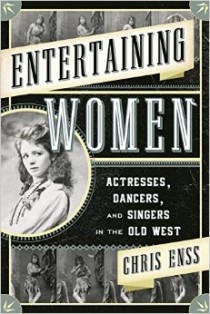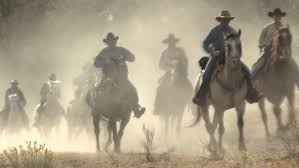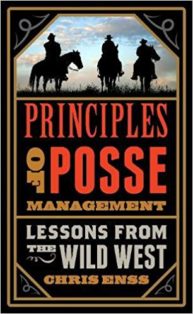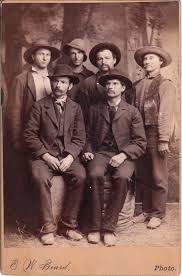Enter now to win a copy of
Entertaining Women: Actresses, Dancers, and Singers of the Old West
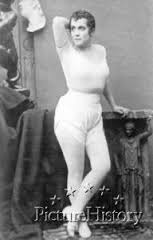
Adah Menken in a scene from Mazzepa.
In 1847 the western territory of the United States was a sleepy wilderness populated mostly by Indians and Mexicans. But when word reached the eastern states that there were rich deposits of gold in the mountains of the frontier, the region changed virtually overnight. Two hundred thousand restless souls, mostly men, but including some women and children, traveled to the untamed western lands, primarily to California, during the first three years of the Gold Rush. They came from all over the world, leaving homes and families for the dream of finding riches.
Soon the West was dotted with mining boomtowns and bustling new cities. Fortunes were made and lost daily. Lawlessness was commonplace. At first gold seekers were content with the crude entertainment provided by ragtag bands and their own amateur fiddle-playing neighbors. They flocked to bear-wrestling and prize fighting exhibitions. In these impetuous atmosphere gambling dens, saloons, brothels, and dance halls thrived, but after a while the miners and merchants began to long for more polished amusements. Theatre, backstreet halls, tents, palladiums, auditoriums, and jewel-box-sized playhouses went up quickly and stayed busy, their thin walls resounding with operas, arias, verses from Shakespeare, and minstrel tunes.
The western pioneers’ passion for diversion lured brave actors, dancers, singers, and daredevils west. Entertainers endured the same primitive conditions as other newcomers. They lived in tents and deserted ship and canvas houses or paid enormous rents for the few available wooden cabins. But nineteenth-century thespians were often prepared for such a lifestyle. Acting was largely an itinerant profession at the time, and most players earned their living barnstorming from town to town and even from country to country, performing different plays or musical numbers from a large repertoire every night of the week. Bored miners were willing to pay high sums to these entertainers, especially to the females.
Many of the most popular women entertainers of the mid-and late-1800s performed in the boomtowns that dotted the West, drawn by the same desire for riches and bringing a variety of talents and programs. They were mostly well received and sometimes literally showered with gold. Adah Menken was one of those celebrated entertainers. She was said to have had one of the most beautiful figures in the world.
On August 24, 1863, San Francisco’s elite flocked to Maguire’s Opera House. Ladies in diamonds and furs rode up in handsome carriages; gentlemen in opera capes and silk hats strutted in stylishly. It was an opening night such as the city had never before seen. All one thousand seats in the theatre were filled with curious spectators anxious to see the celebrated melodramatic actress Adah Menken perform.
Adah was starring in the role that made her famous, that Prince Ivan in Mazeppa. It was rumored that she preferred to play the part in the nude. Newspapers in the East reported that audiences found the scantily clad thespian’s act “shocking, scandalous, horrifying and even delightful.” The story line of the play was taken from a Byron poem in which a Tartar prince is condemned to ride forever in the desert snipped naked and lashed to a fiery, untamed steed. Adah insisted on playing the part as true to life as possible.
The audience waited with bated breath for Adah to walk out onto the stage, and when she did, a hush fell over the crowd. She was beautiful, possessing curly, dark hair and big, dark eyes. Adorned in a flesh-colored body nylon and tight-fitting underwear, she left the audience speechless. During the play’s climatic scene, supporting characters strapped the star to the back of a black stallion. The horse raced up the narrow runway between cardboard mountain crags. The audience responded with thunderous applause. Adah Menken had captured the heart of another city in the West.
